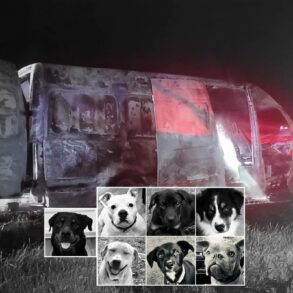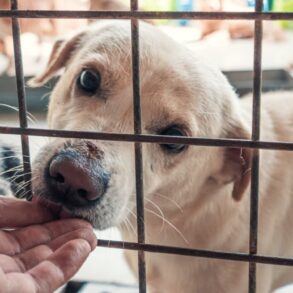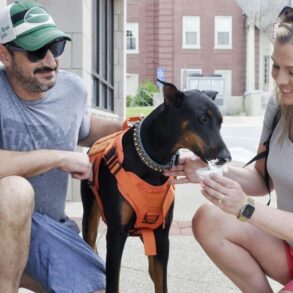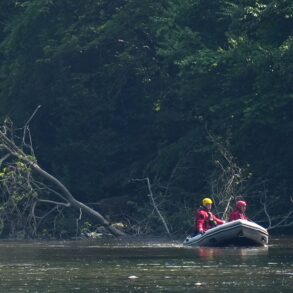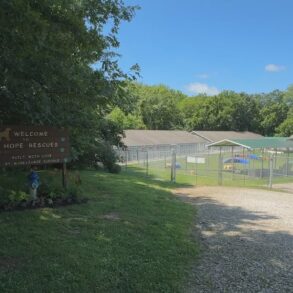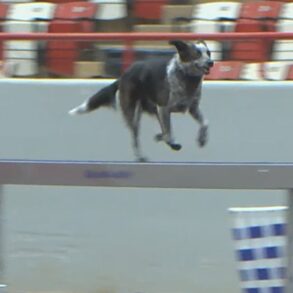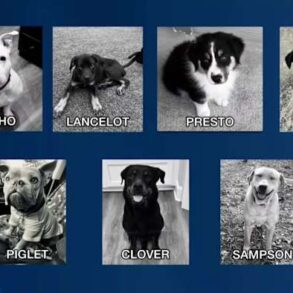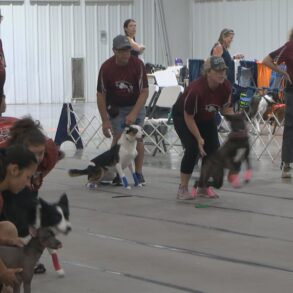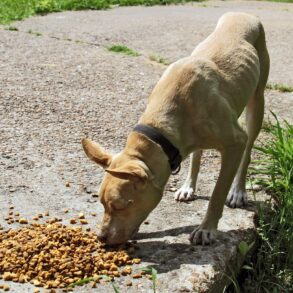Dogs did not dash into South America with the first humans. Instead, they arrived slowly, traveling with early farmers. A new study uncovers this deliberate journey and connects it to the spread of agriculture and maize cultivation.
A research team led by Dr. Aurélie Manin analyzed 70 mitochondrial genomes from ancient and modern dogs found between Mexico and Argentina.
The analysis revealed that dogs followed a slow southward path, not with hunter-gatherers, but with farming societies that were transforming the land around 7,000 to 5,000 years ago.
All ancient dogs came from one lineage
The study also revealed a single maternal lineage, the A2b1 haplogroup, as the root of all pre-contact dogs in Central and South America. This lineage emerged after dogs entered North America and gradually split as they moved southward.
Dogs likely crossed cultural and ecological boundaries slowly, adapting as they traveled alongside human groups.
The researchers found no signs of other A2b subgroups in South America. Thirty-six archaeological dogs fell into A2b1, forming a tightly clustered clade, with no early presence in the Amazon Basin.
Genetic data shows that dogs in North, Central, and South America stayed regionally distinct, indicating minimal female-dog movement between areas.
Dogs spread with ancient maize farmers
The arrival of dogs in South America matches the introduction of maize agriculture. According to the study, maternal lineages of northern and southern dogs split around 7,000 years ago – around the same time maize began its journey south.
The results suggest that dogs spread with farmers rather than earlier foraging groups.
“We show that their spread was slow enough to allow the dogs to structure genetically between north, central and south America,” said Dr Manin. “It opens new research avenues on the relationship that existed between dogs and these early agrarian societies.”
The researchers tested this with molecular clocks and population models. Their data showed a north to south diversification pattern in ancient dogs.
The timing aligns with archaeological remains of ancient dogs found in Mexico, Peru, and Argentina – all appearing after the earliest human settlements.
Why the delay in arrival?
The study offers possible reasons for the delay in the arrival of dogs. Early foragers may not have needed dogs, or the tropical corridor posed too many risks such as disease, predators, or lack of food.
European colonial records confirm that dogs remained vulnerable to these threats even in the 1700s.
This delay mirrors what happened in Europe, where Neolithic farmers replaced earlier dog lineages with ones from the Levant. The Americas may have seen a similar turnover during the farming transition.
Some dogs still carry ancient DNA
Colonial contact brought European dog lineages, which quickly replaced most indigenous dogs. Yet, not everything was lost.
Some modern Chihuahuas still carry mitochondrial DNA from the ancient A2b1 clade. One Chihuahua’s maternal line traces back over 1,500 years to pre-contact Mesoamerican dogs.
The researchers also found dogs in modern Peru with mitochondrial DNA belonging to European lineages. These lineages first appeared in Europe over 14,000 years ago and now dominate the Americas.
Still, ancient bonds with dogs left deeper marks. In some regions, archaeological burials show how ancient dogs were cared for and mourned.
Early farmers may have used ancient dogs for protection, meat, or companionship. Farming surpluses could have supported feral ancient dogs or drawn scavengers.
The journey of dogs and farming
This study reshapes our view of dog-human history in the Americas. It places agrarian societies, not foragers, at the center of dog expansion. This pattern aligns with other regions like East Asia, where dog dispersal followed farming and surplus food.
The research also shows the fragility of early genetic lineages. Most pre-contact dog DNA is now gone, erased by colonial waves. But rare survivors, like the Chihuahua, still carry whispers of the past.
The study encourages further research using nuclear DNA analysis and isotopic methods. These advanced tools can reveal more than just the origins of ancient dogs.
The tools can help scientists understand how ancient dogs lived, how they moved across regions, and how they interacted with early American communities.
This deeper knowledge could uncover the everyday roles ancient dogs played in human societies and how those relationships evolved over time.
The study is published in the journal Proceedings of the Royal Society B Biological Sciences.
—–
Like what you read? Subscribe to our newsletter for engaging articles, exclusive content, and the latest updates.
Check us out on EarthSnap, a free app brought to you by Eric Ralls and Earth.com.
—–
This post was originally published on this site be sure to check out more of their content.













